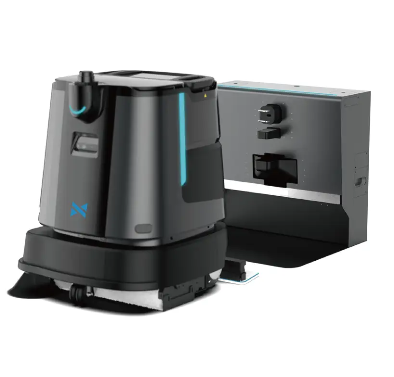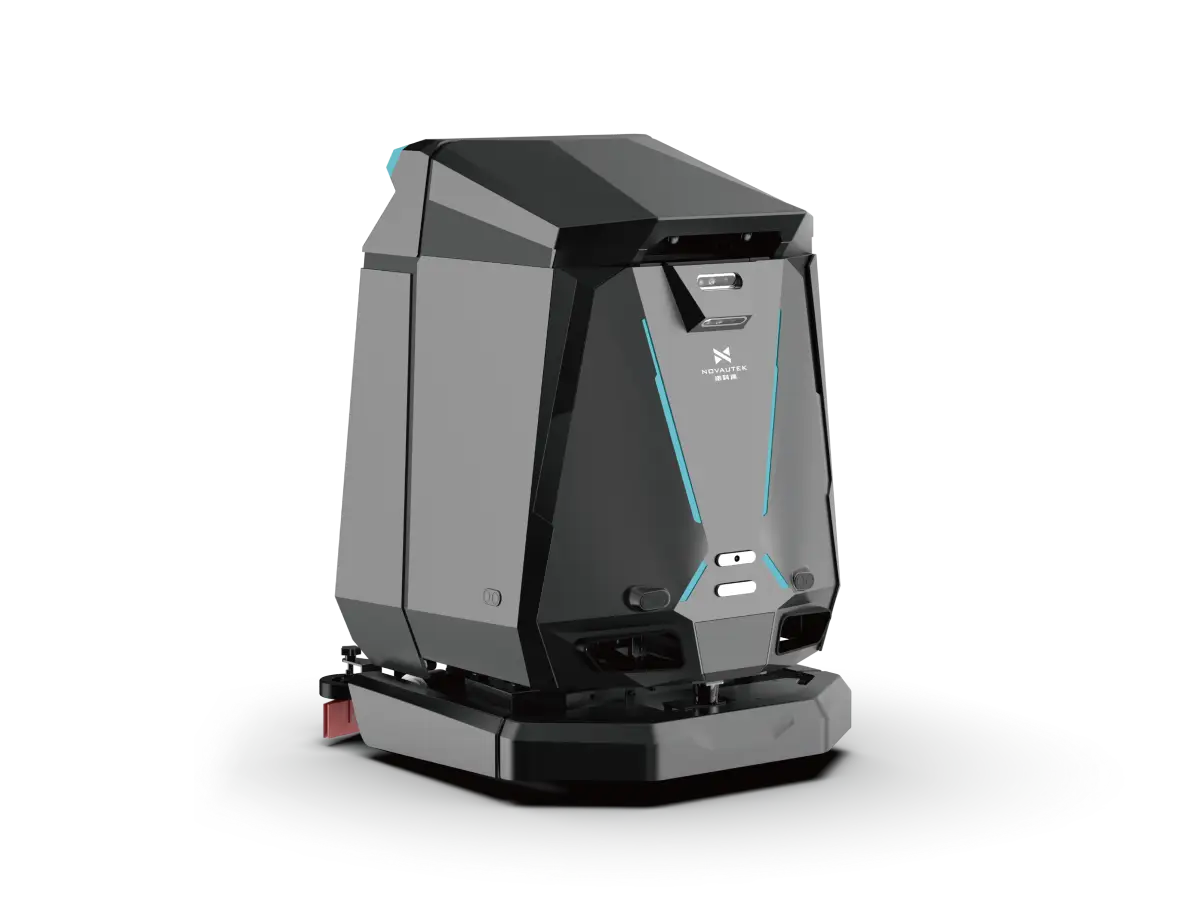The Rise of Intelligent Automation in Modern Spaces
The landscape of our homes and workplaces is undergoing a remarkable transformation with the integration of indoor robots. These sophisticated machines are revolutionizing how we handle daily tasks, offering unprecedented levels of convenience and efficiency. From automated vacuum cleaners to advanced security patrols, indoor robots have evolved from novelty gadgets into essential tools that enhance our quality of life and workplace productivity.
The adoption of indoor robots has accelerated dramatically in recent years, driven by advancements in artificial intelligence, sensor technology, and robotics engineering. These innovations have made robots more capable, reliable, and accessible than ever before. As we continue to embrace smart technology in our living and working spaces, indoor robots are becoming increasingly central to our daily routines.
Transforming Home Life Through Robotic Assistance
Automated Household Maintenance
Modern homes are witnessing a revolution in cleaning and maintenance through indoor robots. Smart vacuum cleaners navigate complex floor plans with precision, adapting to different surface types and obstacles while maintaining a consistent cleaning schedule. Window cleaning robots scale vertical surfaces with ease, tackling hard-to-reach areas that would otherwise require significant human effort or professional services.
Beyond cleaning, indoor robots now handle various household tasks such as air purification, lawn mowing, and even pet care. These specialized machines work tirelessly in the background, maintaining optimal living conditions while freeing residents to focus on more meaningful activities.
Enhanced Home Security and Monitoring
Security-focused indoor robots serve as vigilant guardians of our homes. Equipped with advanced cameras, motion sensors, and two-way communication systems, these robots can patrol designated areas, detect unusual activities, and instantly alert homeowners of potential security breaches. Some models even integrate with smart home systems to provide comprehensive monitoring and control capabilities.
The presence of mobile security robots provides peace of mind, especially for large properties or when residents are away. These automated sentinels can investigate suspicious sounds, monitor environmental conditions, and maintain a constant protective presence throughout the home.

Revolutionizing Workplace Efficiency
Streamlined Operations and Logistics
In commercial and industrial settings, indoor robots are transforming operational efficiency. Autonomous mobile robots (AMRs) navigate warehouses and office spaces, transporting materials, delivering packages, and managing inventory with remarkable precision. These robots work alongside human employees, handling repetitive tasks while allowing staff to focus on more complex, strategic responsibilities.
The integration of indoor robots in workplace logistics has led to significant improvements in productivity and resource allocation. Companies report reduced operational costs, fewer workplace injuries, and increased overall efficiency when implementing robotic solutions in their facilities.
Collaborative Workplace Environments
Modern indoor robots are designed to work harmoniously with human colleagues, creating truly collaborative workspaces. These robots can assist in various tasks, from carrying heavy loads to participating in virtual meetings through telepresence capabilities. The result is a more dynamic and efficient work environment where human creativity and robot reliability complement each other perfectly.
As artificial intelligence continues to advance, indoor robots are becoming more adaptable and responsive to human needs. They can learn from interactions, adjust their behavior based on feedback, and even anticipate requirements before they arise.
Healthcare and Sanitization Applications
Medical Assistance and Patient Care
In healthcare settings, indoor robots play crucial roles in patient care and facility management. Autonomous robots deliver medications, transport medical supplies, and assist with patient monitoring. These applications are particularly valuable in reducing healthcare workers' exposure to infectious diseases and maintaining consistent care quality.
Some specialized indoor robots are equipped with UV-C light systems for thorough disinfection of hospital rooms and other medical spaces. This technology has proven especially valuable during public health crises, helping maintain sterile environments while protecting healthcare workers.
Sanitization and Hygiene Maintenance
The importance of cleanliness and sanitization has never been more apparent, and indoor robots are at the forefront of maintaining healthy environments. Advanced cleaning robots use combination of traditional cleaning methods and modern sanitization technologies to ensure spaces remain safe and hygienic.
These robots can work around the clock, maintaining consistent sanitization schedules in various settings from offices to shopping centers. Their ability to reach difficult areas and maintain thorough cleaning protocols has made them invaluable in maintaining public health standards.
Future Trends and Innovations
Advanced AI Integration
The future of indoor robots lies in increasingly sophisticated artificial intelligence systems. Next-generation robots will feature enhanced learning capabilities, enabling them to adapt more effectively to changing environments and user preferences. This advancement will lead to more personalized and efficient service delivery across all applications.
Machine learning algorithms will allow indoor robots to predict maintenance needs, optimize their operations, and even understand complex human behaviors and intentions. This evolution will make robot-human interactions more natural and intuitive.
Expanded Connectivity and Integration
The integration of indoor robots with IoT (Internet of Things) devices and smart building systems is set to deepen. This interconnectedness will enable better coordination between different robotic systems and improved overall functionality. Future robots will communicate seamlessly with building infrastructure, other robots, and human users through advanced networking technologies.
As 5G networks become more prevalent, indoor robots will benefit from faster, more reliable connectivity, enabling real-time decision-making and enhanced coordination in complex environments.
Frequently Asked Questions
How Safe Are Indoor Robots in Homes with Children and Pets?
Indoor robots are designed with multiple safety features, including obstacle detection, cliff sensors, and emergency stop functions. They are programmed to operate carefully around moving objects and can distinguish between different types of obstacles. Most models undergo rigorous safety testing and certification before reaching the market.
What Maintenance Do Indoor Robots Require?
Maintenance requirements vary by type and model, but generally include regular cleaning of sensors and moving parts, periodic software updates, and occasional replacement of consumable components like filters or brushes. Most modern indoor robots include self-diagnostic capabilities and can alert users when maintenance is needed.
Can Indoor Robots Function Without Internet Connectivity?
While many indoor robots benefit from internet connectivity for advanced features and updates, most can perform their basic functions without constant connection. They typically use internal mapping and navigation systems for core operations, though some features like remote monitoring or control may require internet access.

